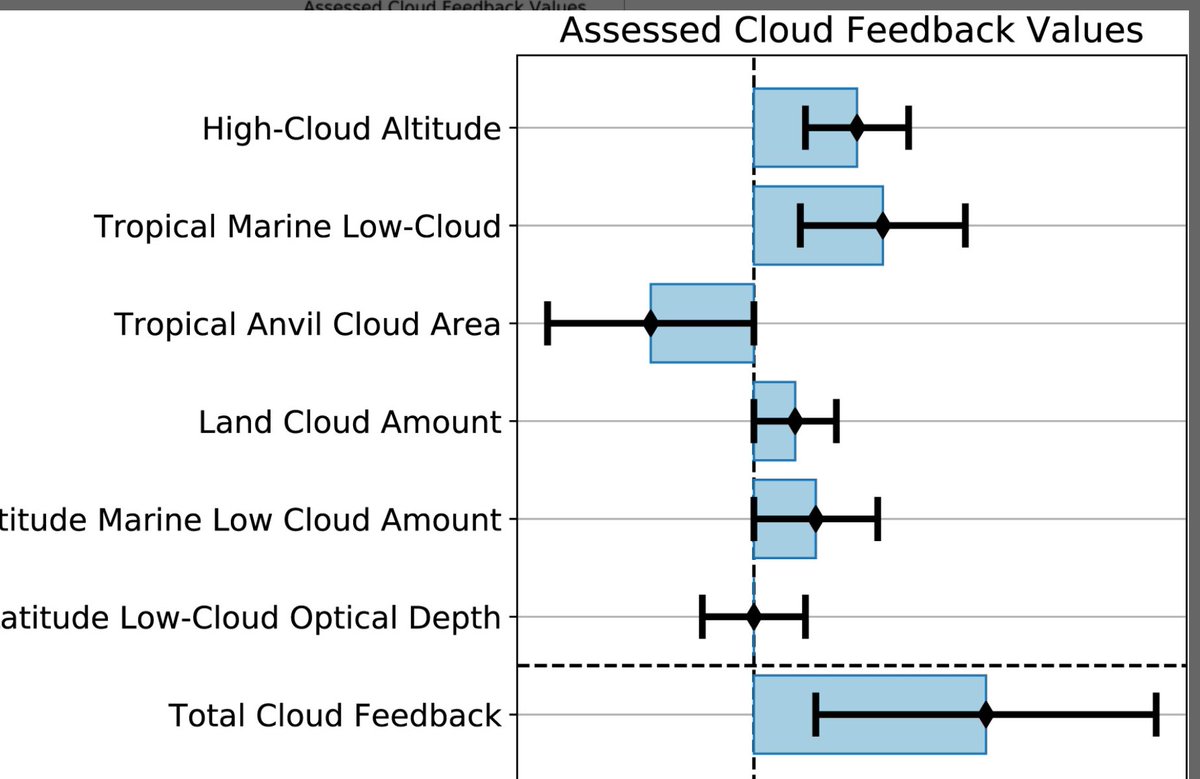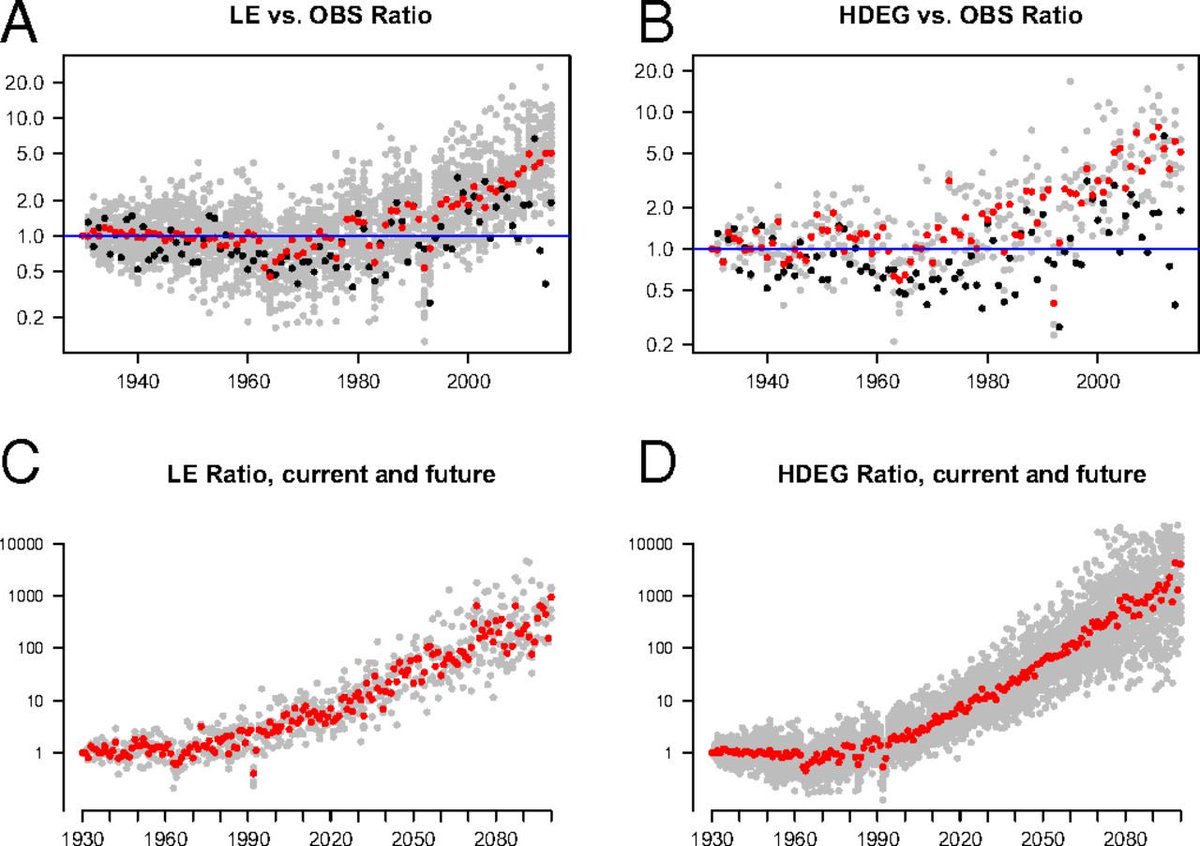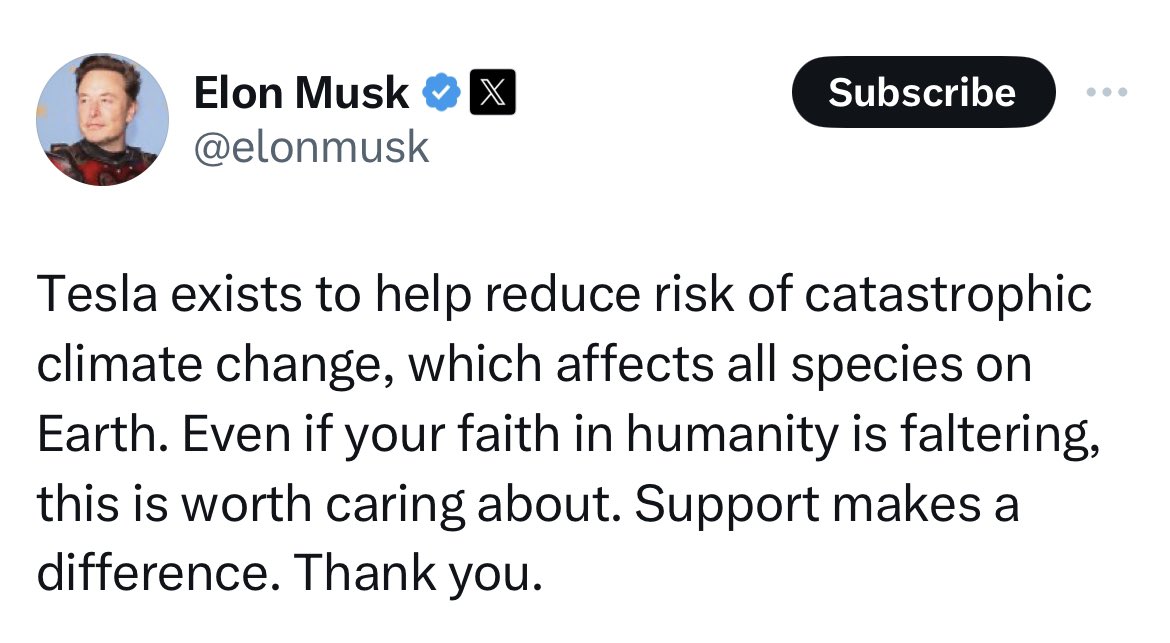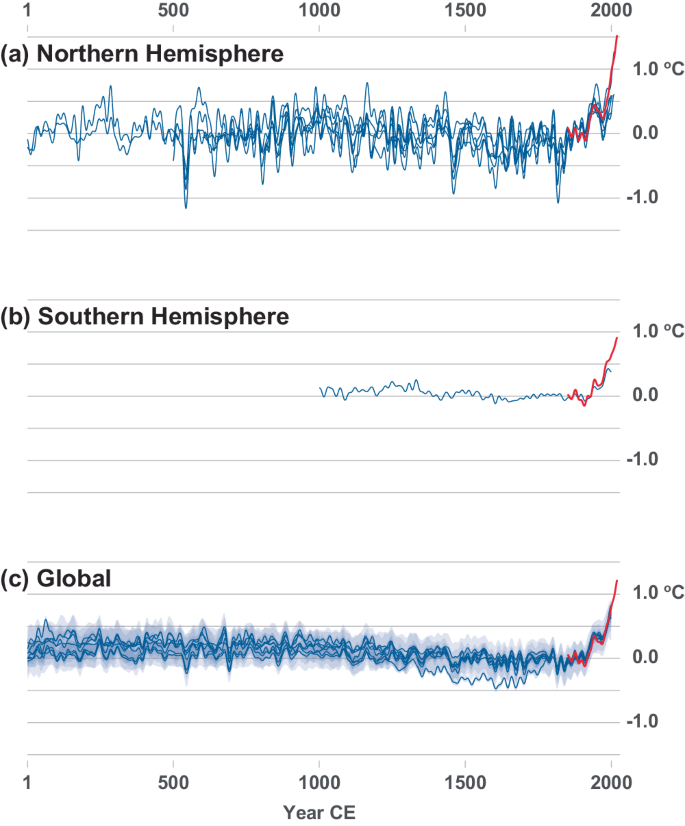
Chris Colose
@CColose
Climate scientist at NASA GISS. Climate change, theory of how atmospheres work, exoplanets. I play & study poker too.
ID:1363049263
18-04-2013 22:25:52
19,3K Tweet
7,3K Takipçi
988 Takip Edilen

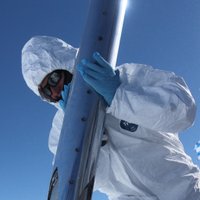
The decline in emissions in planet-cooling sulfur dioxide since 1980 is also reflected in ice cores from Greenland where sulfur concentrations are approaching again preindustrial levels. 🏭🌡️ Leon Simons Zeke Hausfather
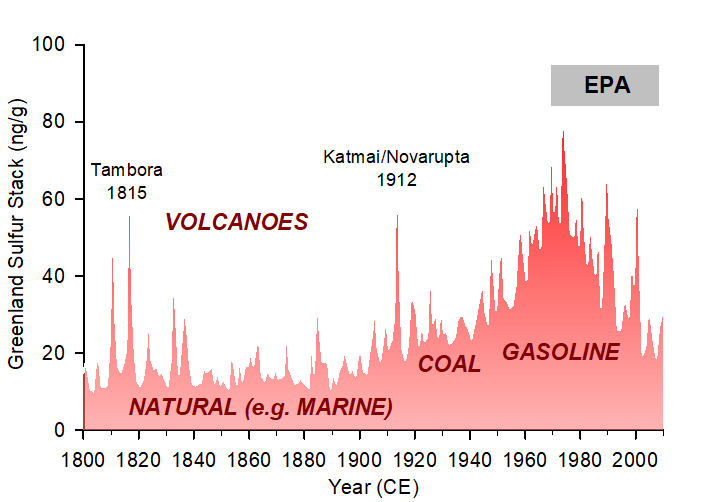




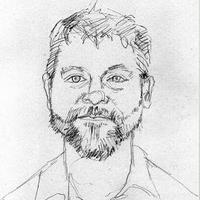
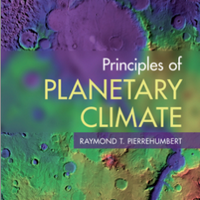









We've got a new paper in Communications Earth & Environment led by Jan Esper and Jason Smerdon. We argue that the IPCC's focus on a single Common Era temperature reconstruction was an 'insufficient summary of our understanding of temperature variability' and we provide a broader context


